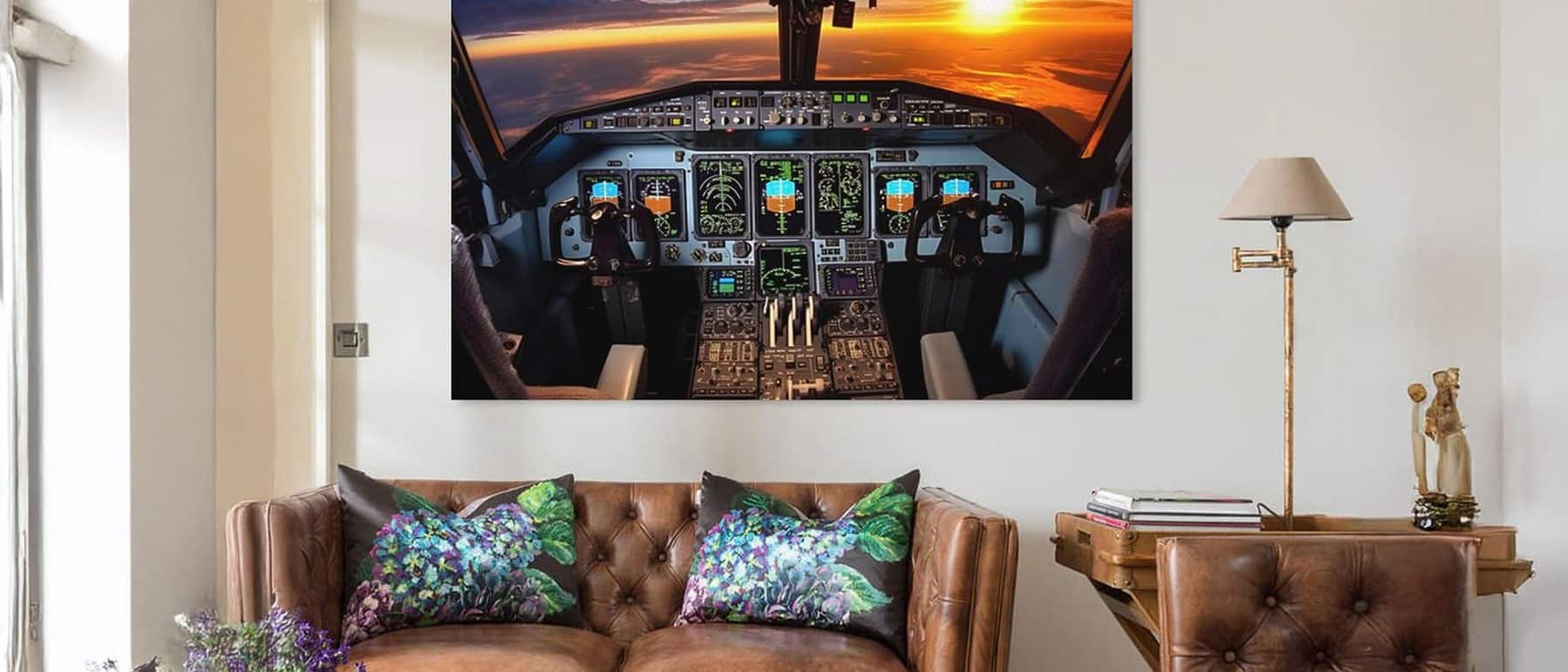Learning to see without certainties
During the Etion event at the Royal Museum of Fine Arts Antwerp, art, leadership, and humanity came together in a remarkable way. No management jargon, no frameworks or PowerPoints — just two voices speaking from experience, vulnerability, and conviction.
Carmen Willems, director of the KMSKA, shared the long journey toward the museum’s reopening — a process filled with delays, uncertainties, and expectations. “You have to be able to see it before it exists,” she said. Not only about the building, but about the people who make it real. About trust that has no proof yet. About the power of continuing to look, even when things aren’t finished.
Karen Donders, Director of Public Mission, Talent & Organization at VRT, complemented her story. She spoke about leadership under pressure and public scrutiny — about balancing control and release. “Leadership isn’t about controlling everything. It’s about daring to let go, while still being present.”
She described how her role often isn’t about making all the decisions, but about creating space for others to do so. Where Carmen spoke about vision and belief, Karen spoke about trust and proximity. Two perspectives that met — showing that real leadership doesn’t come from conviction alone, but from connection.
The silence that speaks
After the event, I lingered in the museum halls. My gaze stayed fixed on Two Walloon Peasant Children by Léon Frédéric. Two girls, sitting side by side, silently connected. No spectacle, no grandeur. Just calmness, simplicity, humanity.
It struck me because it showed something that often gets lost in leadership: the power of being present. And presence requires silence — just like art. That’s definitely a personal challenge in my own leadership 😊 Being present in silence.
From Canvas to Cockpit
What artists do closely resembles what good leaders do. They learn to see without certainties. They dare to question their own perspective. They build something that doesn’t yet exist, but which they sense will hold meaning.
In my work at Add Business, I try to do the same — only from the cockpit of organizations. I help entrepreneurs and teams sharpen their vision. Not by pushing harder, but by seeing better. By making visible the patterns that block growth.
The art of leadership
Perhaps that’s what this encounter at the KMSKA reminded me of: leadership is not a role or a function, but a way of seeing — of being present.
Just as art challenges us to look differently at what we think we know, good leadership challenges us to look differently at ourselves — and at the people we build with.
In that gaze, in that act of learning to see without certainties, real progress begins.
